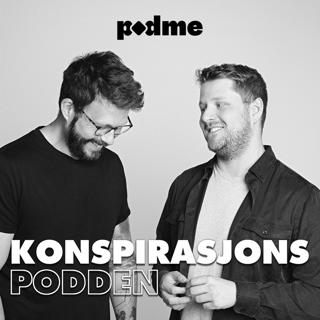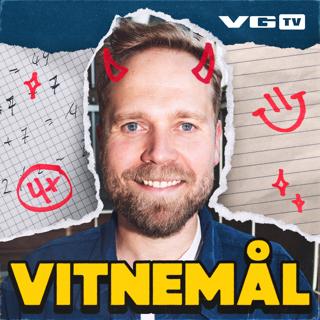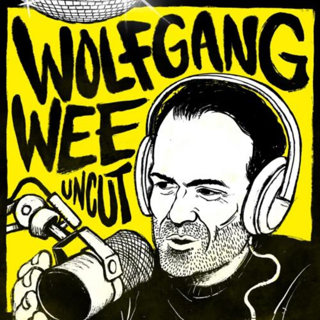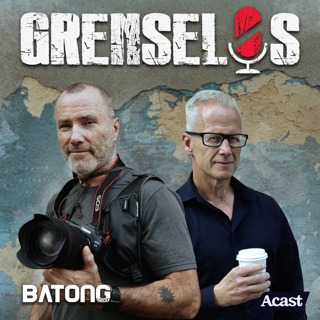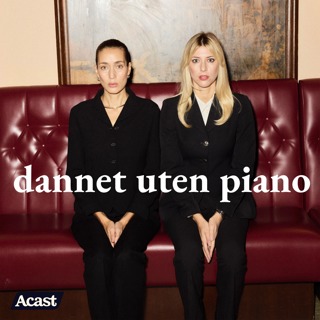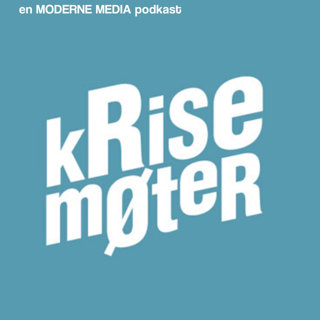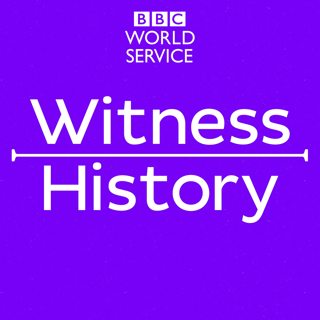
Wittenoom: An Australian Tragedy
The town of Wittenoom in Western Australia sprang up around a blue asbestos mine in the 1940s and '50s. Asbestos, a natural fire retardant mineral fibre was then in high demand and used in thousands of products. But in Wittenoom, many residents were unaware that asbestos could be lethal. The fibres can cause lung disease and cancer. Thousands of residents died. The town is now almost completely abandoned. Janet Ball spoke to Bronwen Duke, who lived in the town as a child. She is one of the few members of her family still alive. Photo: Wittenoom (BBC)
20 Jun 20188min

Bata the Shoemaker's Revolution
Bata was a Czech company which pioneered assembly line shoemaking and sold affordable footwear around the world. Its factory near London became key to its expansion. Dina Newman speaks to one of its senior engineers, Mick Pinion, about the company's remarkable history and how it shod millions in Africa and Asia.Photo: Bata factory in East Tilbury near London. Credit: Bata Heritage Centre.
19 Jun 20188min

The Battered Child
An American doctor coined the phrase 'the battered child' to describe unexplained injuries which had been misdiagnosed by paediatricians unwilling or unable to acknowledge abuse. Dr C Henry Kempe published a paper in July 1962 which shocked the medical profession. Some doctors were pleased to finally be able to name child abuse but others refused to believe parents would harm their children that way. Claire Bowes has been speaking to Dr Kempe's daughter, Annie, about the remarkable man who helped save many children's lives.Photo: Dr C Henry Kempe courtesy of The Kempe Foundation
18 Jun 20189min

The Death of Kim Il-sung
North Korea's communist leader Kim Il-sung died in July 1994. Dr Antonio Betancourt, of the Unification Church, was in the North Korean capital, Pyongyang, during the outpouring of national grief.Photo: Dr Antonio Betancourt meeting Kim Il Sung just months before the leader's death. (Courtesy of Dr Antonio Betancourt.)
15 Jun 20189min

The Unified Korean Table Tennis Team
In 1991, amid escalating tensions on the Korean peninsula, Pyongyang and Seoul agreed to field a united Korean table tennis team at the World Championships in Japan. Previously bitter rivals, players from the North and South spent more than a month training together and eventually bonding. Their experience inspired a hit film in South Korea, where ping pong is a very popular sport. Simon Watts spoke to former South Korean women's champion, Hyun Jung-Hwa about being part of that unified team.PHOTO: The Korean women's team on the podium (Credit: Getty Images)
14 Jun 20189min

The GI Who Chose China
When the Korean War ended, a few American prisoners of war chose to go with their captors and try life under communism, instead of heading home to the USA. David Hawkins was one of them. He told his story to Chloe Hadjimatheou in 2012.Photo: American, and South Korean POWs who refused repatriation. An African-American prisoner is singing a Chinese folk song to entertain his companions at the Songgongni camp while they wait. 1954.(Credit: Sovfoto/UIG via Getty Images)
13 Jun 20189min

The Beginning of the Korean War
North Korean communist troops invaded South Korea on 25 June 1950. Initially they were very successful until UN forces (mainly American) helped drive them back. The war lasted until a ceasefire was declared in July 1953, millions of Koreans were killed in the fighting. Dr Yoon Goo Lee was living in a town in South Korea when the invasion started. In 2010 he told his story to Louise Hidalgo.Photo: Korean refugees fleeing to the south. Credit: Getty Images
12 Jun 20188min

Korea Divided
At the end of World War Two with the surrender of Japan in August 1945, Korea was split along the 38th parallel. Soviet forces took control in the North of the peninsula, and the US military took control in the South. Shin Insup was a boy, living the northern city of Pyongyang at the time. In 2015 he spoke to Catherine Davis about what happened next.(Photo: Korea 38th parallel. Credit: Getty Images/AFP)
11 Jun 20189min






